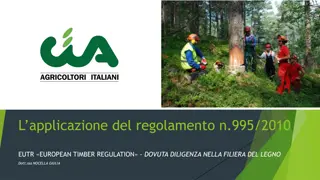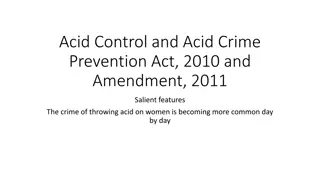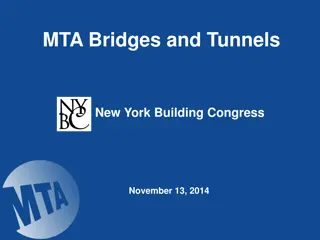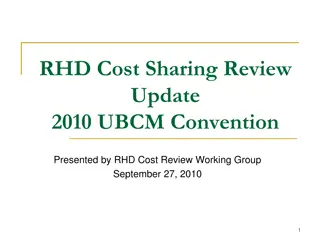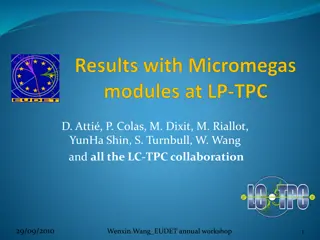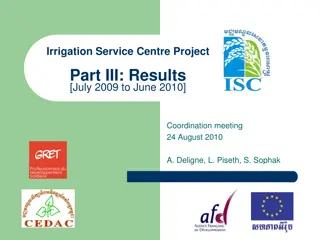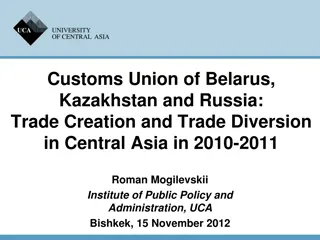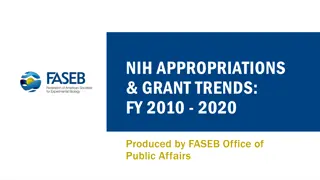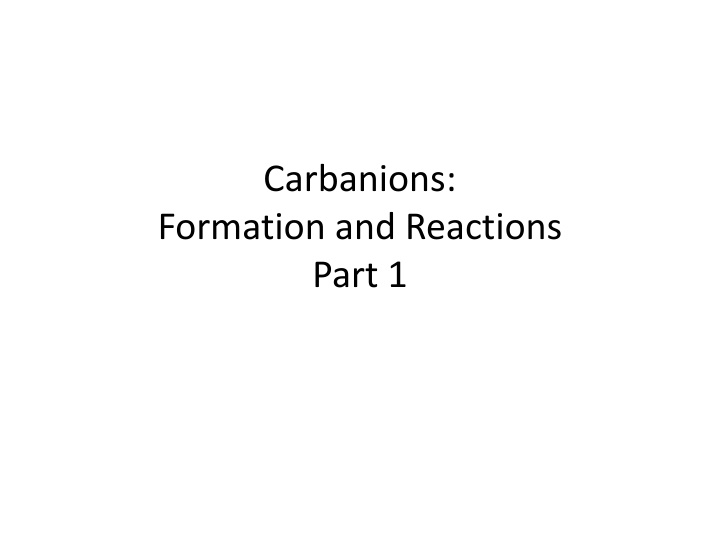
Carbanions: Formation and Reactions
Explore the formation and reactions of carbanions in organic chemistry, including types, stability factors, and applications. Dive into the world of carbanions to grasp their significance in synthetic pathways and reactivity.
Download Presentation

Please find below an Image/Link to download the presentation.
The content on the website is provided AS IS for your information and personal use only. It may not be sold, licensed, or shared on other websites without obtaining consent from the author. If you encounter any issues during the download, it is possible that the publisher has removed the file from their server.
You are allowed to download the files provided on this website for personal or commercial use, subject to the condition that they are used lawfully. All files are the property of their respective owners.
The content on the website is provided AS IS for your information and personal use only. It may not be sold, licensed, or shared on other websites without obtaining consent from the author.
E N D
Presentation Transcript
Carbanions: Formation and Reactions Part 1
The C-C bonds of a molecule under construction constitute its scaffolding. Reactions which form new C-C bonds are exceptionally useful synthetically. SN2 reactions, which use a carbanion as a nucleophile represent one solution to this problem.
Formation of Stabilized Carbanions Note that, for this reaction to succeed, the carbanion must be a weaker base than the base employed to deprotonate its conjugate acid.
Bases often used to form (stabilized) carbanions Increasing Basicity
Formation of Alkynyl Anions (can be formed by deprotonation)
Other Carbanions Formed by Deprotonation (Enolate Anions)
Grignard and Organolithium Species (Unstabilized Carbanions)
Formation of Organometallics by Reaction of Organohalides with Magnesium and Lithium Metal
Formation of Carbanions by Halogen-Metal Exchange Reactions This works when R -M is a more stable organometallic (carbanion) than R-M. This reaction is often used to form vinyl- and aryl- carbanions, where the sp2 hybridized orbital has more s-character than the starting sp3 hybridized orbital.
Formation of Organometallics by Halogen-Metal Exchange


